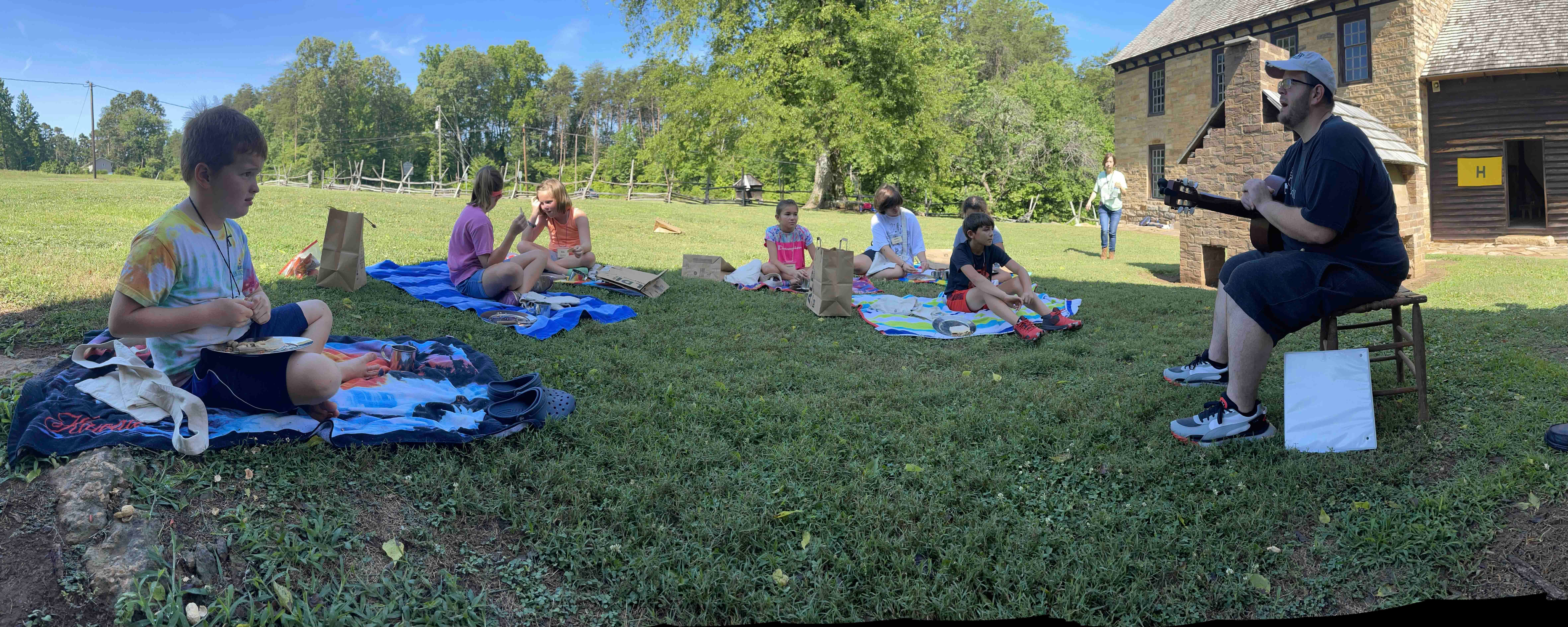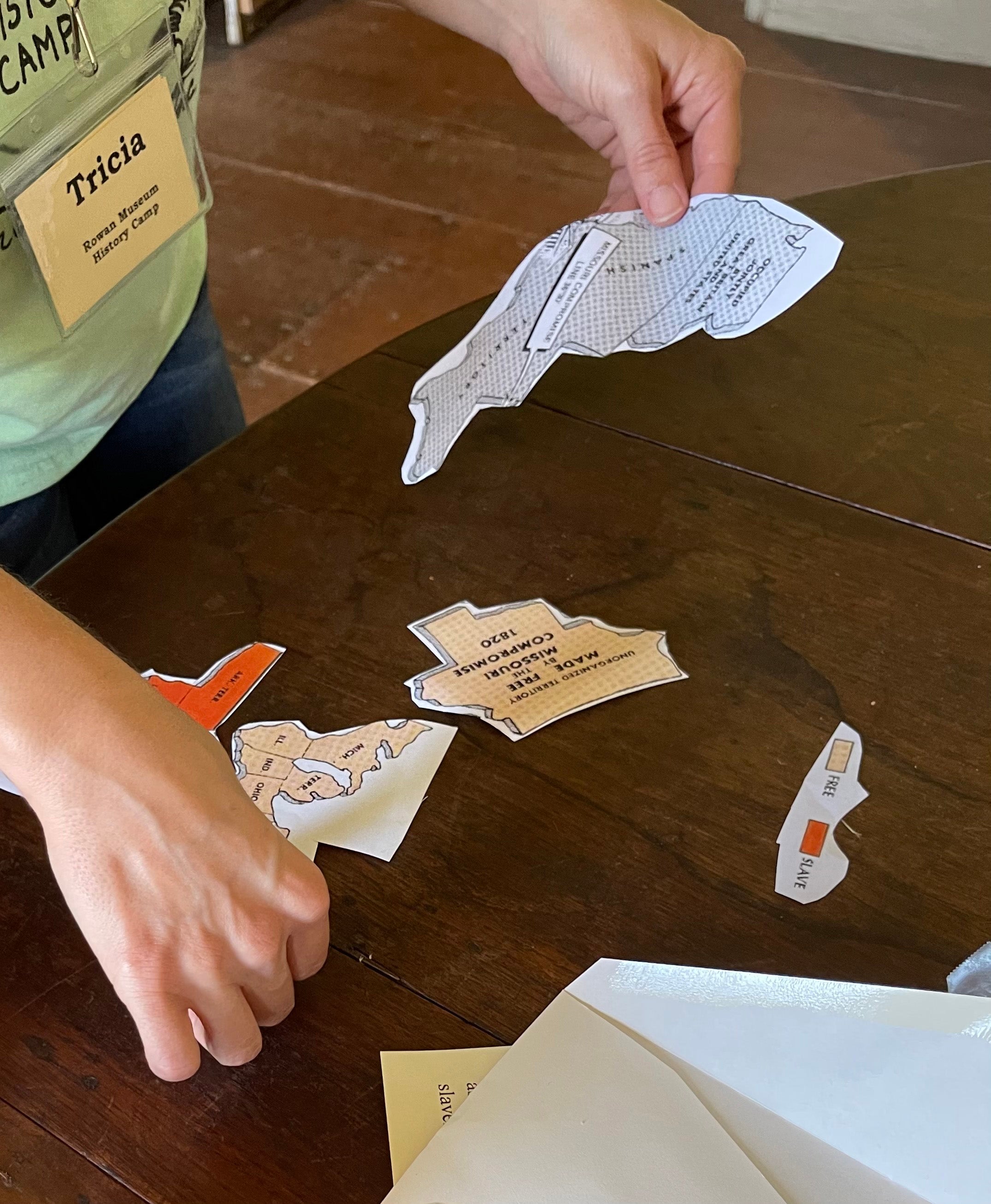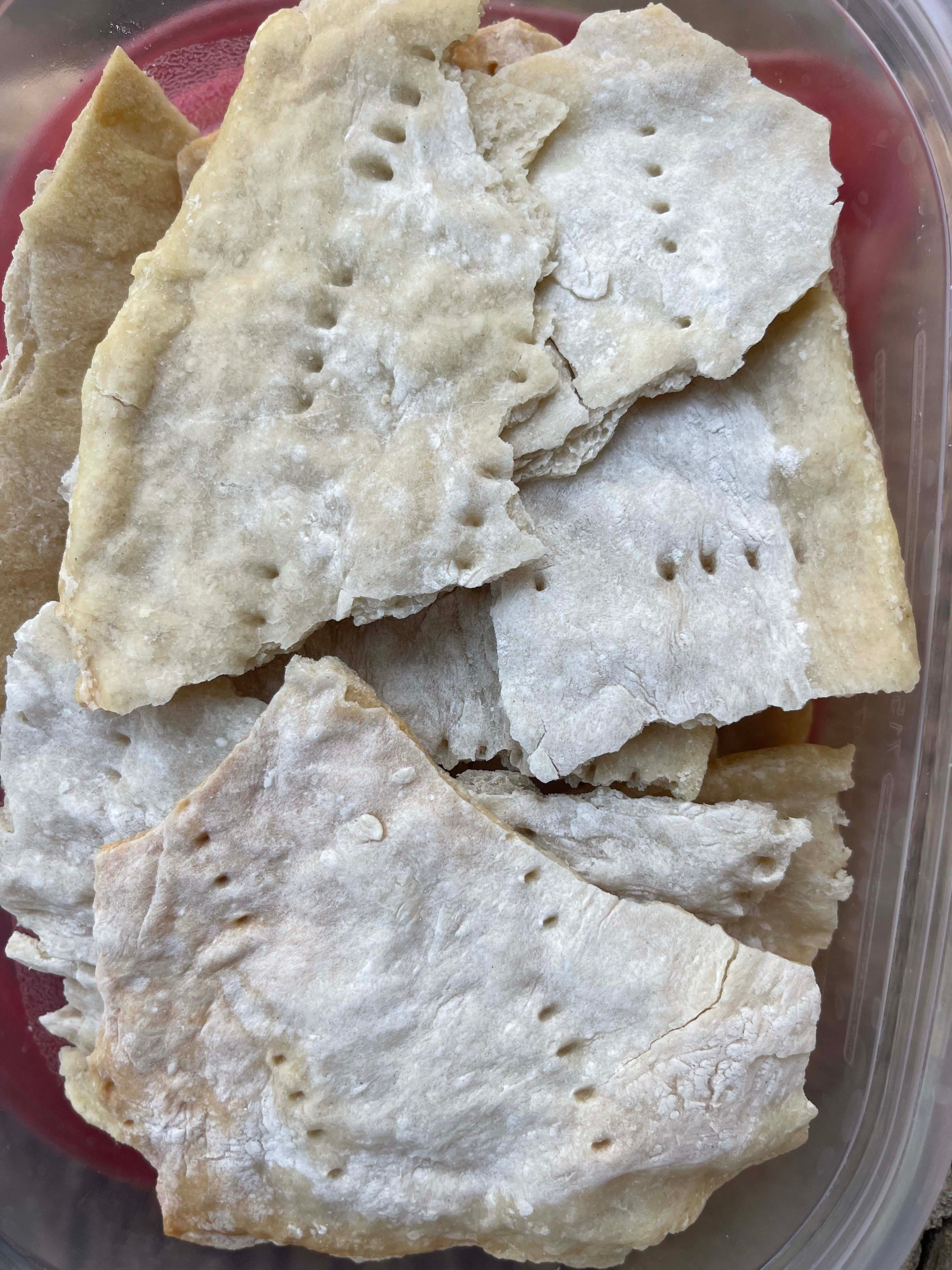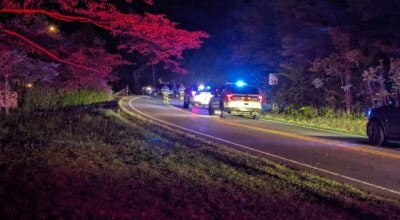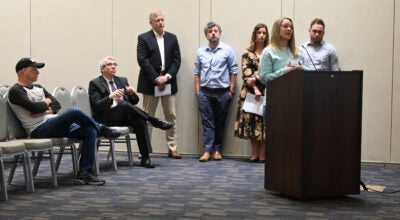Rowan Museum’s history camp teaches Civil War period
Published 12:01 am Thursday, July 14, 2022
SALISBURY — Rowan Museum campers took on a serious topic July 6 when they learned about the Civil War at the Old Stone House.
To illustrate the war, campers started with a game of tug of war as a representation of the struggle. They were given timeline facts and then shared them while they lined up in order by dates.
Campers learned about the series of compromises over slavery, “Bleeding Kansas,” and Dred Scott. Lincoln was elected and war was coming.
The Civil War officially began in 1861. A soldier was up early and the tasks never ended. Uniforms for the north came from factories but southern men wore what they had on when they enlisted. As a result, the Union looked uniform and the Confederates more rag tag.
Musician Spencer Bloodworth played his guitar as students sang along to songs from both sides of the conflict. The campers learned how music lifted the spirits of the war weary soldiers. The songs rallied the troops. Singing, “peas, peas, peas, peas, eating goober peas, goodness how delicious, eating goober peas” kept soldier’s spirits up. We don’t call peanuts peas anymore but they are still delicious salted in the shell. They were easy to carry and ready to eat on the move.
The simple biscuits hardtack was added to stew or coffee to soften it up and make it chewable. Otherwise it could break your teeth. The hard crackers traveled well and lasted while soldiers marched. Ask the campers, they did a lot of marching and learned about how livermush and souse became ways to stretch food.
Theresa Pierce told the campers souse is boiled down joints. When southerners couldn’t get wheat, they turned to grits from corn. Okra was harvested. Not native to the Americas, enslaved people brought the seeds with them across the ocean from Africa. It helped thicken soups and added nutrition.
Educator Amy Pruitt took the students on a foraging excursion pointing out what could fill the belly of a soldier. A watermelon “plucked” from a patch was split down the middle. The bright red juice ran down the arms of the campers as they laughed about eating with their bare hands.
Drilling and marching were common day occurrences. The work was hot but it meant the soldiers were ready to spring into action. When volunteer, Ben Starnes drilled the campers and it built up their appetites. The campers broke for lunch: A pot of stew with rice, peas and greens was served with Johnny cakes and helped the soldiers muster up the strength to keep going. An army ran on its stomach. Mint tea washed down the hot meal cooked over an open fire.
The Emancipation Proclamation was declared. While freedom came slow, it was a start for enslaved people. Campers learned about the Underground Railroad system of safe houses that helped people find their freedom. More singing began for both sides of the conflict.
After lunch, the campers read and wrote letters from home. They learned local history from Education Director Tricia Denton Creel. Salisbury was the home of a Confederate Prison. Established to house 2000, when exchanges stopped, the prison population swelled to more than five times the original capacity. Union soldiers died at alarming rates and are buried in mass graves.
They ran out of medicine, food, clean water and space. A food riot broke out in Salisbury in protest for high prices brought on by the war and hoarding from merchants. Desperation drove prices up and the women in town revolted.
In one letter from home, a soldier requested a “likeness” of his wife so the campers dressed up for daguerreotypes, 19 th century photos. These old timey photographs that could be carried as remembrances. Those precious tin-types might be the only image owned by a loved one.
Students were instructed not to smile because of the slow shutter speed of old cameras. Lincoln, portrayed by museum treasurer, Larry Brown gave the Gettysburg Address.
Sherman marched to the sea. Stoneman raided Salisbury. And soldiers nursed their wounds. Museum vice president Terry Holt, head surgeon, dressed their wounds and propped up the fighting men and women on both sides. Bandages and splints were provided to soldiers. Lambs’ Ear leaves served as band aids.
Grant and Lee met at Appomattox, reenacted by campers Lotte and Coy in blue and gray on April 9, 1865. Lee surrendered his sword to represent his defeat. The war was over and soldiers filed home, crippled and weary. The campers left with peanuts, cornmeal and bread.


